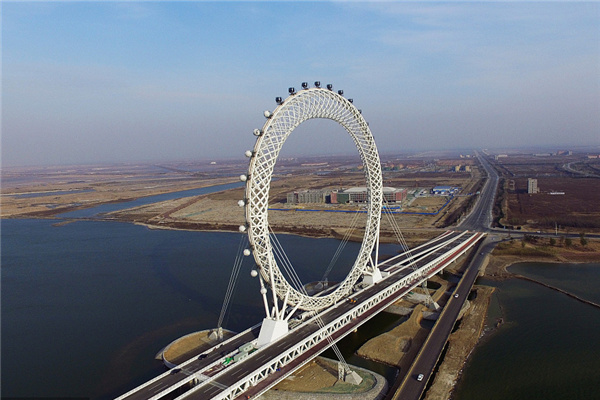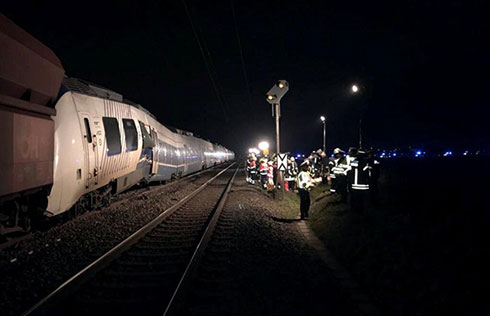

|
A ship loaded with imported soybeans is brought into port in Rizhao, Shandong province. China now imports 70 percnt of its soybeans. Li Xijin |
There's more than meets the eye to the price of soybeans.
Chinese soybean traders like Yin Yanzhou live and die according to price fluctuations on the Chicago Board of Trade (CBOT). But even the recent increase in the price of soybeans hasn't reassured them.
"I worry a lot, even though the price is rising these days," said Yin, 45, who has $4.5 million invested in the soybean futures market.
"It's still not clear whether this is really the end of the financial crisis, or just a temporary respite," he said.
US soy futures hit a six-month high on Friday, as American growers prepared to plant their spring crop. The futures price has risen 7.7 percent in the last seven sessions.
Also Friday, traders said China will continue to build its soybean reserves, which is likely to keep imports at record levels. Many farmers are still holding onto last year's harvest and will need cash for the start of the new planting season, the traders said.
Although China is the world's largest soybean importer and one of the world's major soybean producers, it has very little voice in determining the worldwide price of this important commodity.
Since 1995, China has been largely dependent on a few multinational commodities companies - including Archer Daniels Midland, Bunge, Cargill, and Louis Dreyfus - for soybeans and soybean processing. These foreign giants not only monopolize the world's grain transactions, but also control 80 percent of China's soybean processing capacity.
This makes China vulnerable to price manipulation in the international market.
Last year, the Chinese soybean market experienced a volatile period, following price fluctuations in the world market. The domestic price of soybean futures dropped from $783 per ton to $425 per ton, down by 46 percent; the cash price also dropped by 33 percent.
"The wild fluctuation of soybean prices in recent years has resulted not so much from changes in supply and demand as from speculative investment and price manipulation," said professor Xia Youfu of the University of International Business and Economics in Beijing.
International speculators and multinational agribusiness giants use fluctuations in the futures price to first drive their competitors out of the market and then further consolidate their domination of foreign markets such as China, Xia said.
As an example, Xia cited the soybean crisis of 2004. In 2003, facing a huge growth in soybean imports, Chinese importers rushed to the CBOT, hoping to buy cheaper soybean futures to avoid future price hikes.
Pushed by the huge purchases of Chinese buyers and speculative investments by US traders, the futures price of soybeans on the CBOT jumped from $0.19 per gram to $0.37 per gram, a 30-year high.
But soon the price took a nosedive, dropping by nearly 30 per cent. Chinese soybean processors, who bought the beans at the top of the market, suffered the worst hit. Strapped for cash, they were forced to sell huge shares to the foreign agribusiness companies, who soon dominated China's soybean industry.
(China Daily 04/20/2009 page6)













